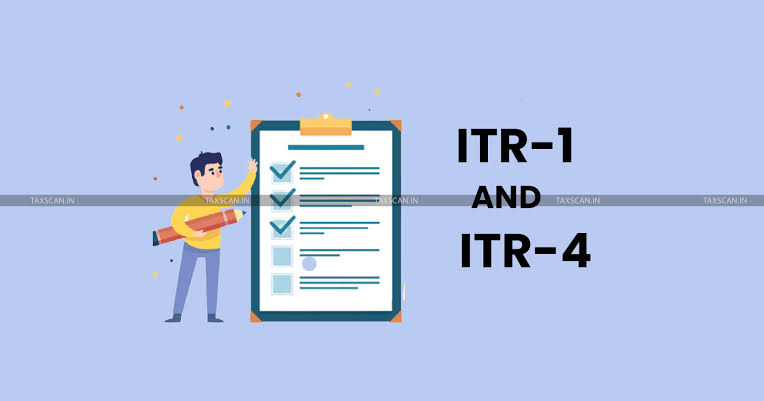1)ITR-1 (SAHAJ)
-
Now permitted for use even if the taxpayer has Long-Term Capital Gains (LTCG) under Section 112A, subject to:
-
LTCG not exceeding ₹1.25 lakh, and
-
No capital loss to be carried forward or set off.
-
-
Previously, ITR-1 was not allowed if any capital gains were reported.
2)ITR-4 (SUGAM)
-
Same LTCG provision introduced as in ITR-1.
-
Allows reporting of LTCG up to ₹1.25 lakh under Section 112A, provided there is no carry-forward of losses
3)ITR-1 & ITR-4 — Opting Out of New Tax Regime (Section 115BAC)
-
Enhanced disclosure related to opting out using Form 10-IEA under Section 115BAC(6):
-
If the taxpayer opted out in AY 2024–25, declaration is required in AY 2025–26 to either maintain or withdraw the decision.
-
If opting out for the first time in AY 2025–26, acknowledgment number and filing date of Form 10-IEAmust be reported.
-
Specific guidance added for late filing of Form 10-IEA.
-
4) ITR-1 & ITR-4 — Deductions and Exempt Income Reporting
-
Deductions under Chapter VI-A (Sections 80C to 80U) must now be selected via drop-down menus in the e-filing utility.
-
Disclosure of the specific section, sub-section, and clause is mandatory.
-
-
Enhanced fields for income and relief claims under Section 89A (for retirement accounts maintained abroad).
5) ITR-4 — Changes in Presumptive Taxation
-
Section 44AD (business):
-
Turnover threshold increased to ₹3 crore, if at least 95% of receipts are via non-cash modes.
-
-
Section 44ADA (professionals):
-
Limit enhanced to ₹75 lakh under the same digital receipts condition.
-
6) ITR-1 & ITR-4 — Bank Account Disclosure
-
Taxpayers must report all Indian bank accounts held during the previous financial year (excluding dormant accounts).
-
At least one bank account must be selected for receiving the income tax refund.



